According to the U.S. Census Bureau (May 26, 2020), one-third of Americans are showing signs of clinical depression and anxiety due to the recent COVID-19 pandemic.
The CDC (July 1, 2020) has found that stress during an infectious disease outbreak may lead to any of the following:
- Fear and worry about your own health and the health of your loved ones, your financial situation or job, or loss of support services you rely on.
- Changes in sleep or eating patterns
- Difficulty sleeping or concentrating.
- Worsening of chronic health problems.
- Worsening of mental health conditions.
- Increased use of tobacco, and/or alcohol and other substances.
Although “social distancing” strategies are crucial in helping limit the spread of the Coronavirus, the isolation and loneliness that remains in the wake of this global conundrum is unprecedented. In my own quiet desperation for survival and sanity, last month I decided to start meeting one friend a week for a walk in nature.
According to the Harvard Medical School (July, 2018), taking a walk in the woods is an effective way to help reduce stress, anxiety and depression. It's not completely clear why outdoor excursions have such a positive mental effect, but it appears that interacting with nature offers therapeutic benefit such as lowered blood pressure as well as lower levels of the stress hormone cortisol. Nature sounds and even outdoor silence can naturally calm the body's fight-or-flight response.
I have definitely felt the positive effects in my life of walking with a friend once a week in nature. The outdoor adventure is always an indulgence for my senses. I love to look at the patterns of leaves and foliage, hear the wind in the tress and smell the earth beneath my feet. I am finding my weekly walk is something I look forward to and it continues to bring me a greater sense of calm and helps to balance my moods.
In a 2014 study, Harvard Medical School noted that people who had recently experienced stressful life events like a serious illness, death of a loved one, or unemployment had the greatest mental boost from a nature outing in a group.
Any type of natural setting seems to help and brings benefit. Wood Lake Nature Center is one of my favorite local spots, but you can walk right out your front door, find a trail or lake nearby, or choose to drive to a local nature center near your home. Just get outdoors and get into nature - preferably with a friend or loved one.
If you are not comfortable connecting with a friend outdoors for a walk, you can go it alone and receive many of the same benefits. According to a report published online March 27, 2017 by Scientific Reports, research suggested that listening to natural sounds even while indoors had a similar calming effect on the brain. So even if you are not able to make it outdoors, you can increase the calm of your nervous system by listening to nature sounds right from the comfort of your own home or office.
My weekly walks have had such a profound and positive influence on my moods and life, I have decided to keep up my weekly walks through the winter season as well. I hope you can find some solace in your own life soon from being outdoors and in nature.
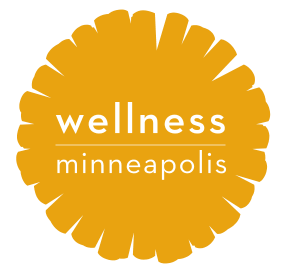
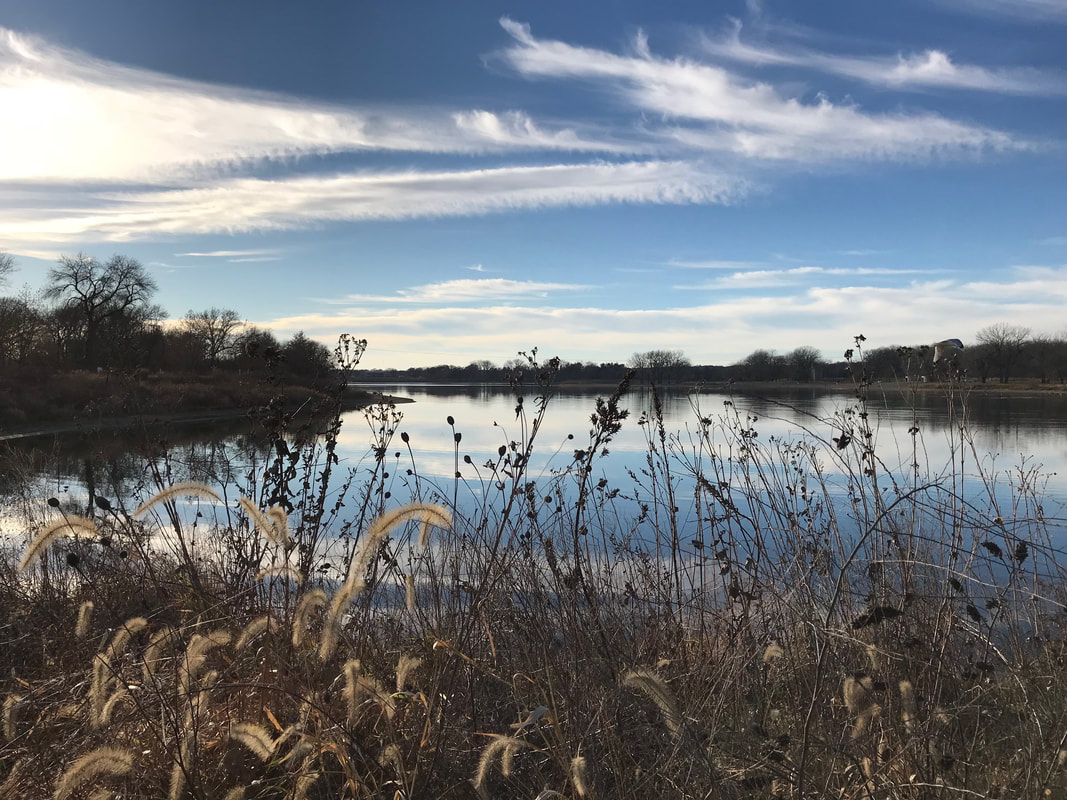


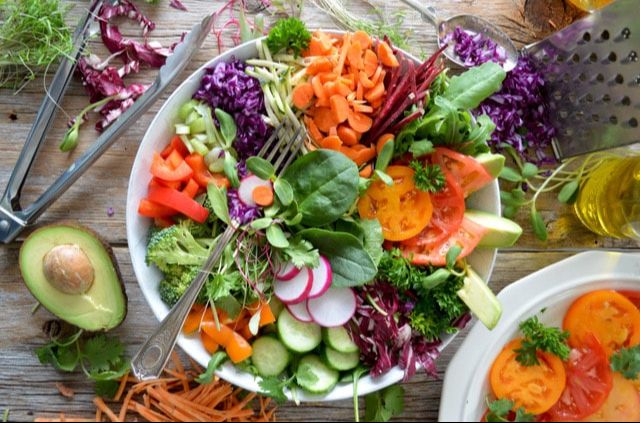




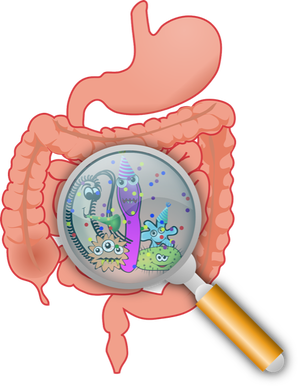
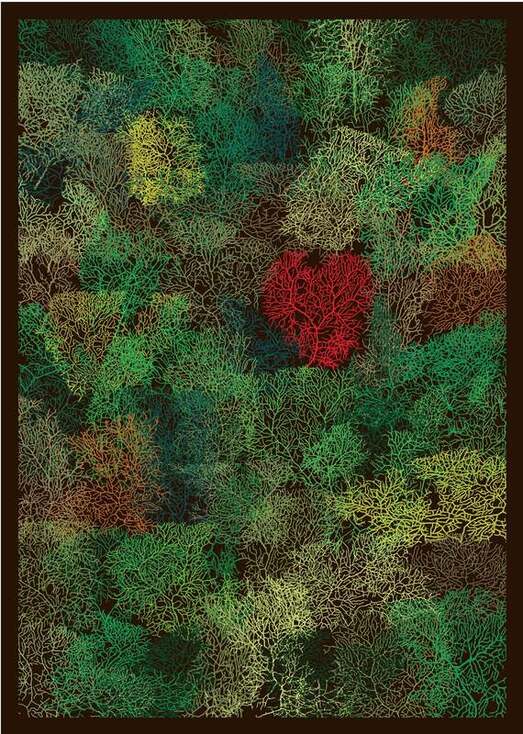
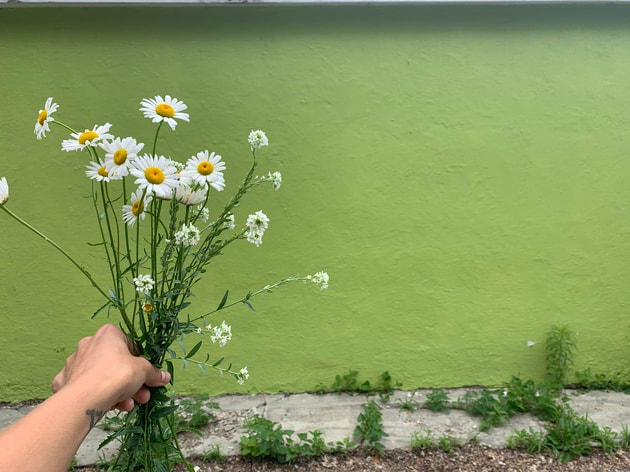


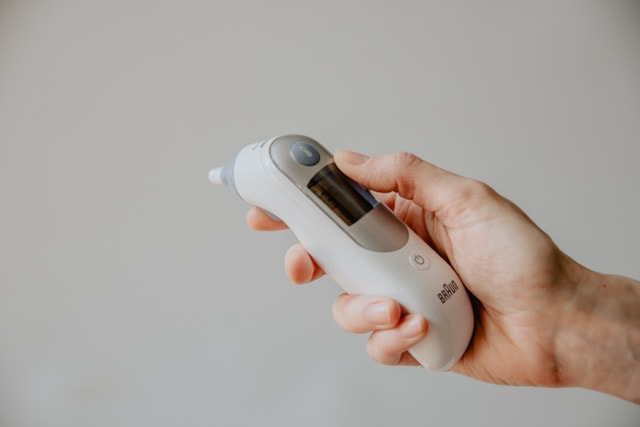



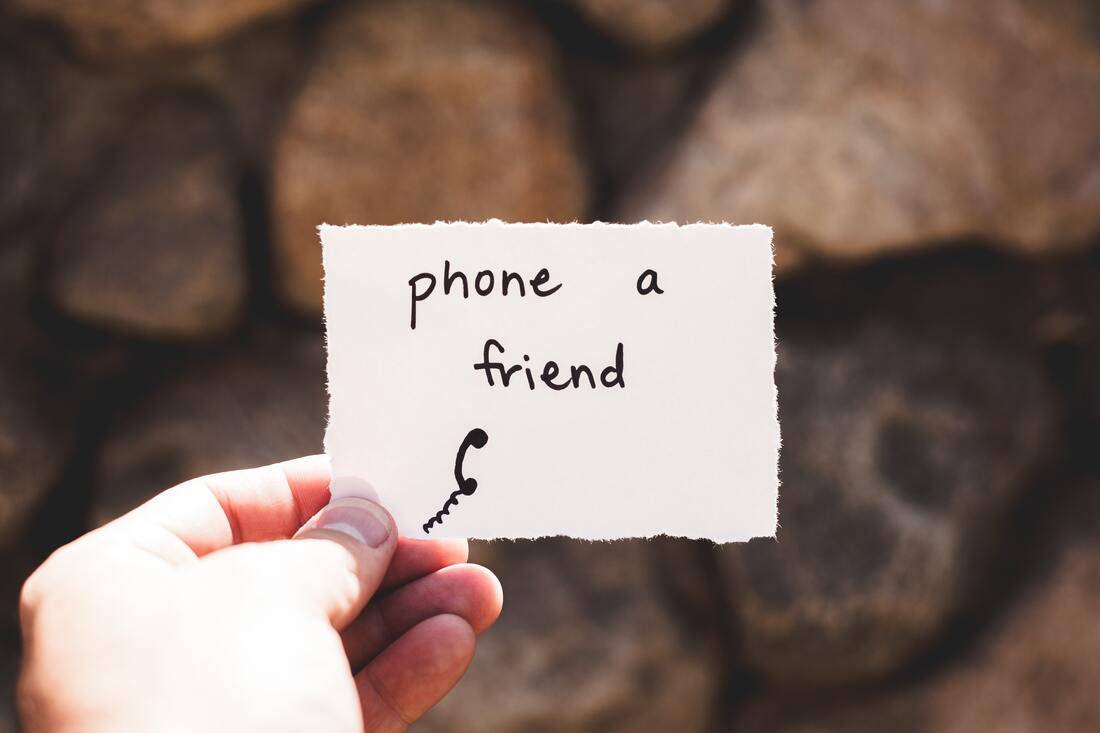
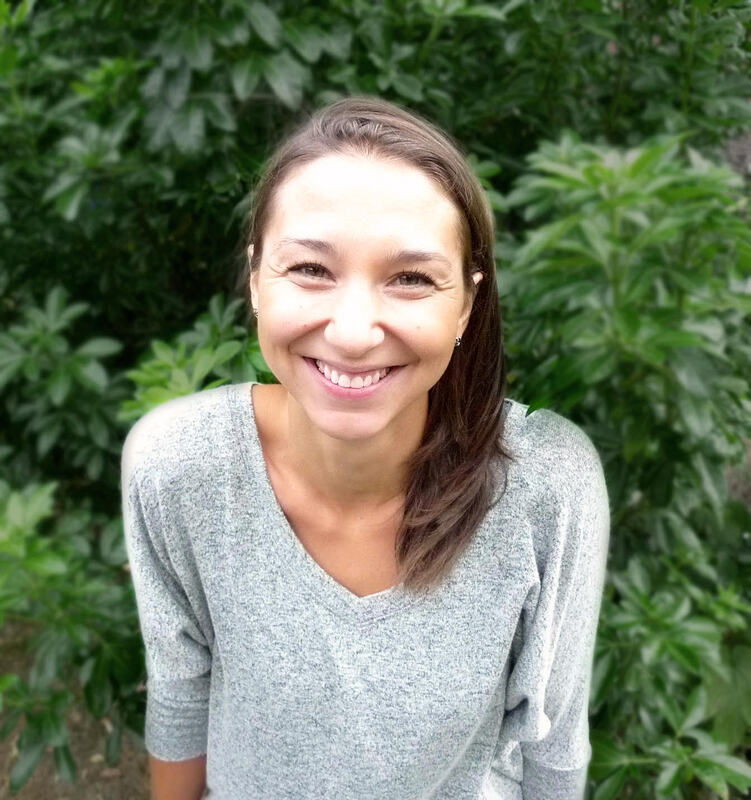

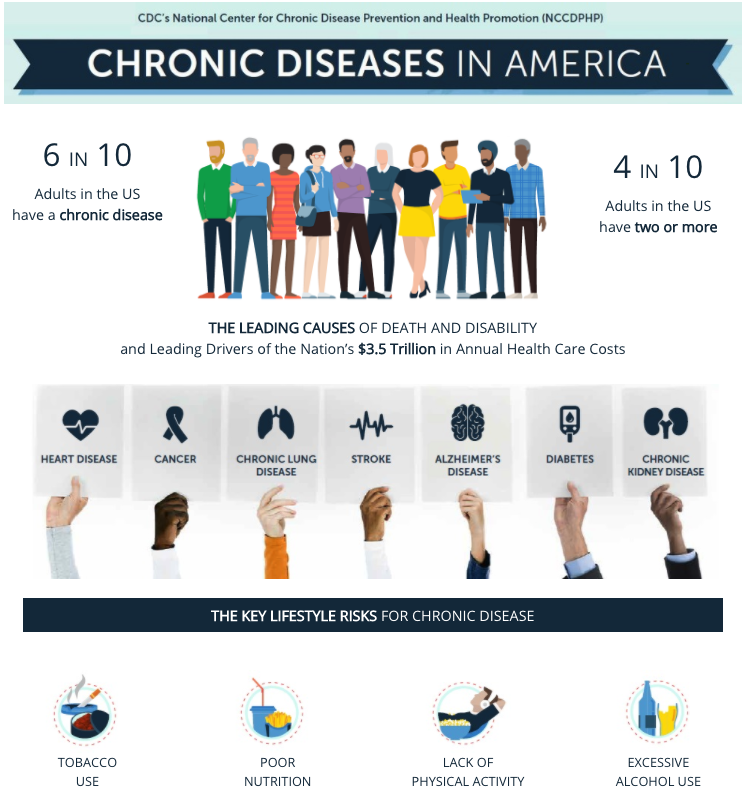


 RSS Feed
RSS Feed